巴士站全港近萬個,如何用得更好?|Bus stops: what more can they do?
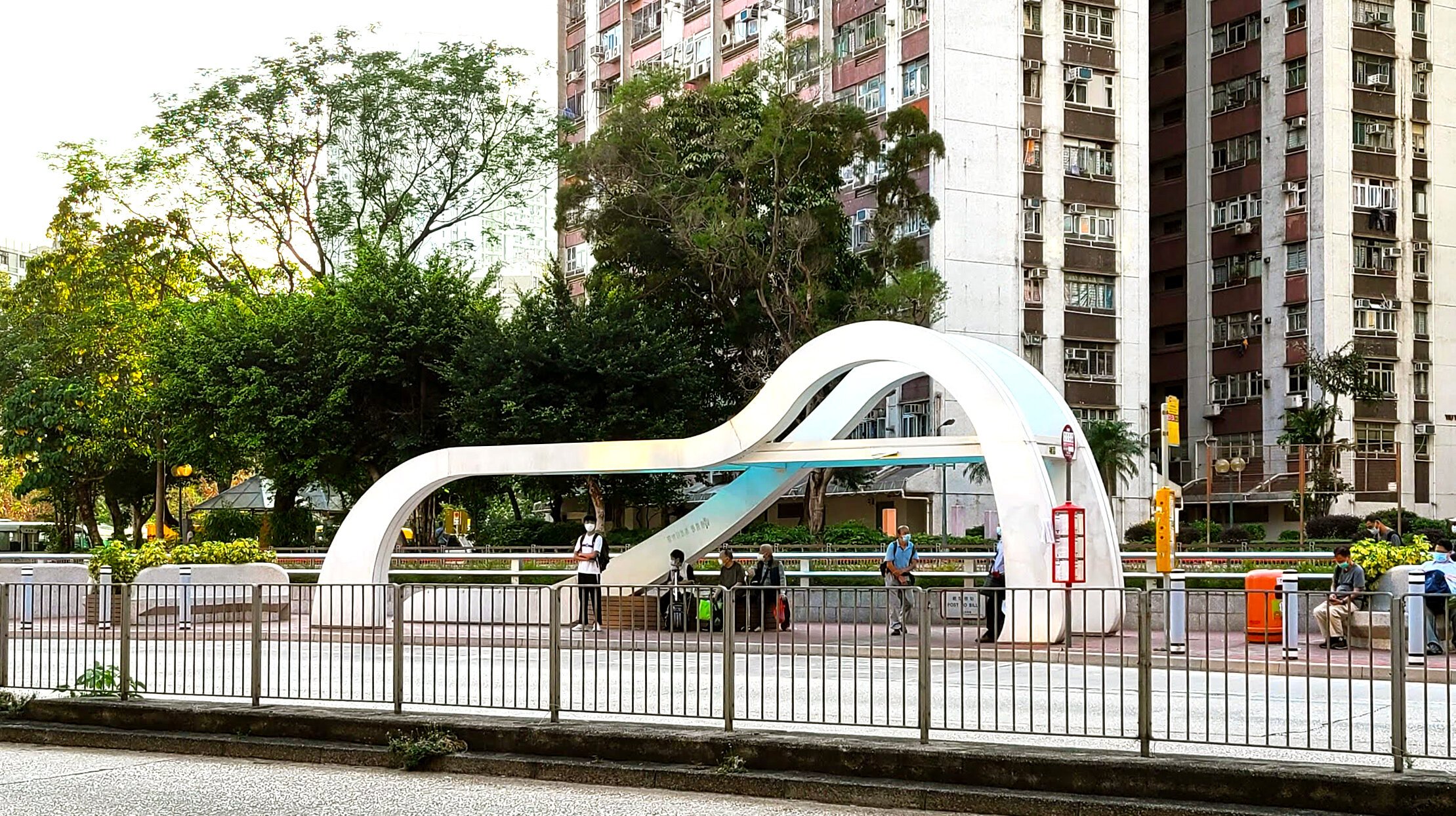
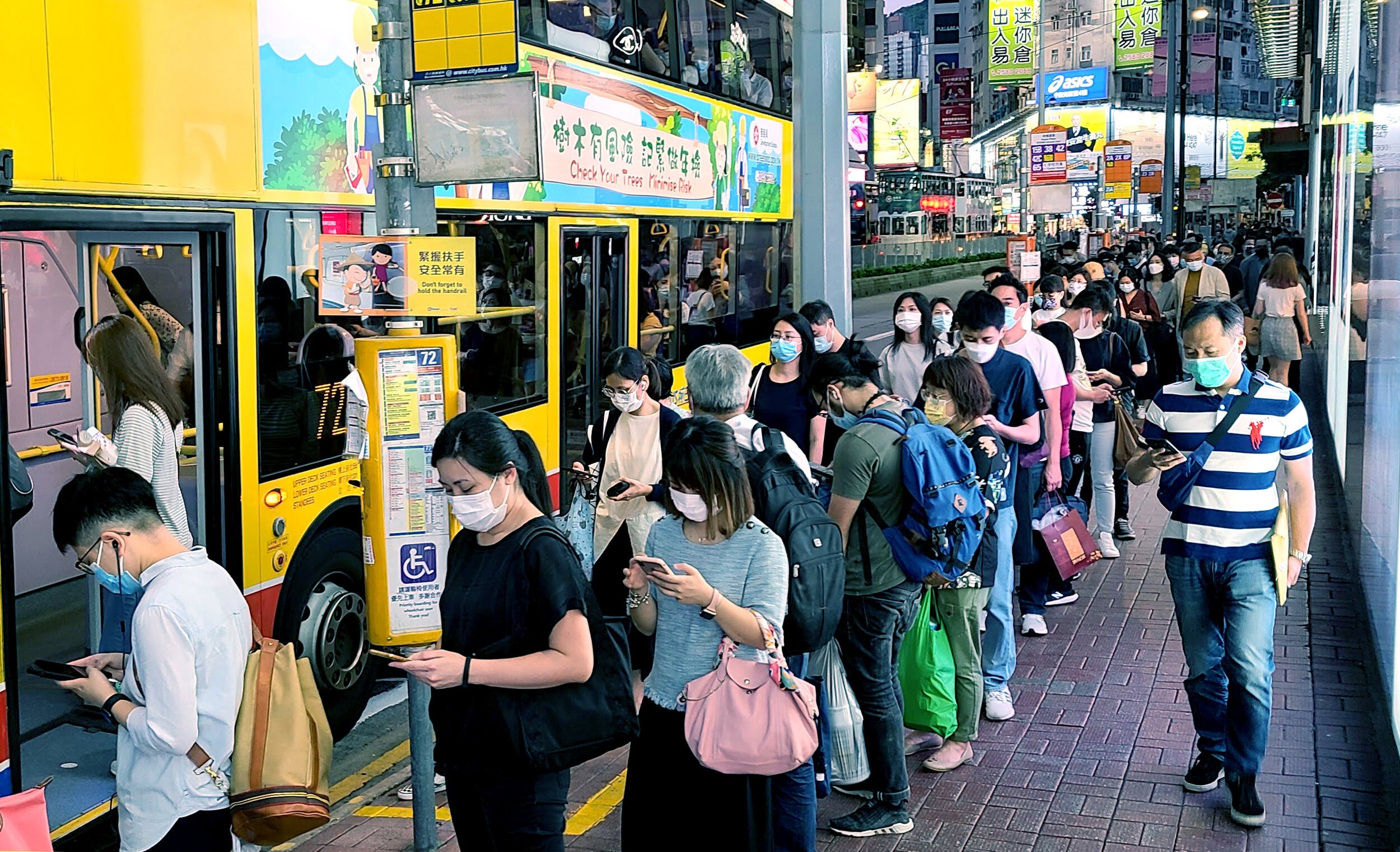
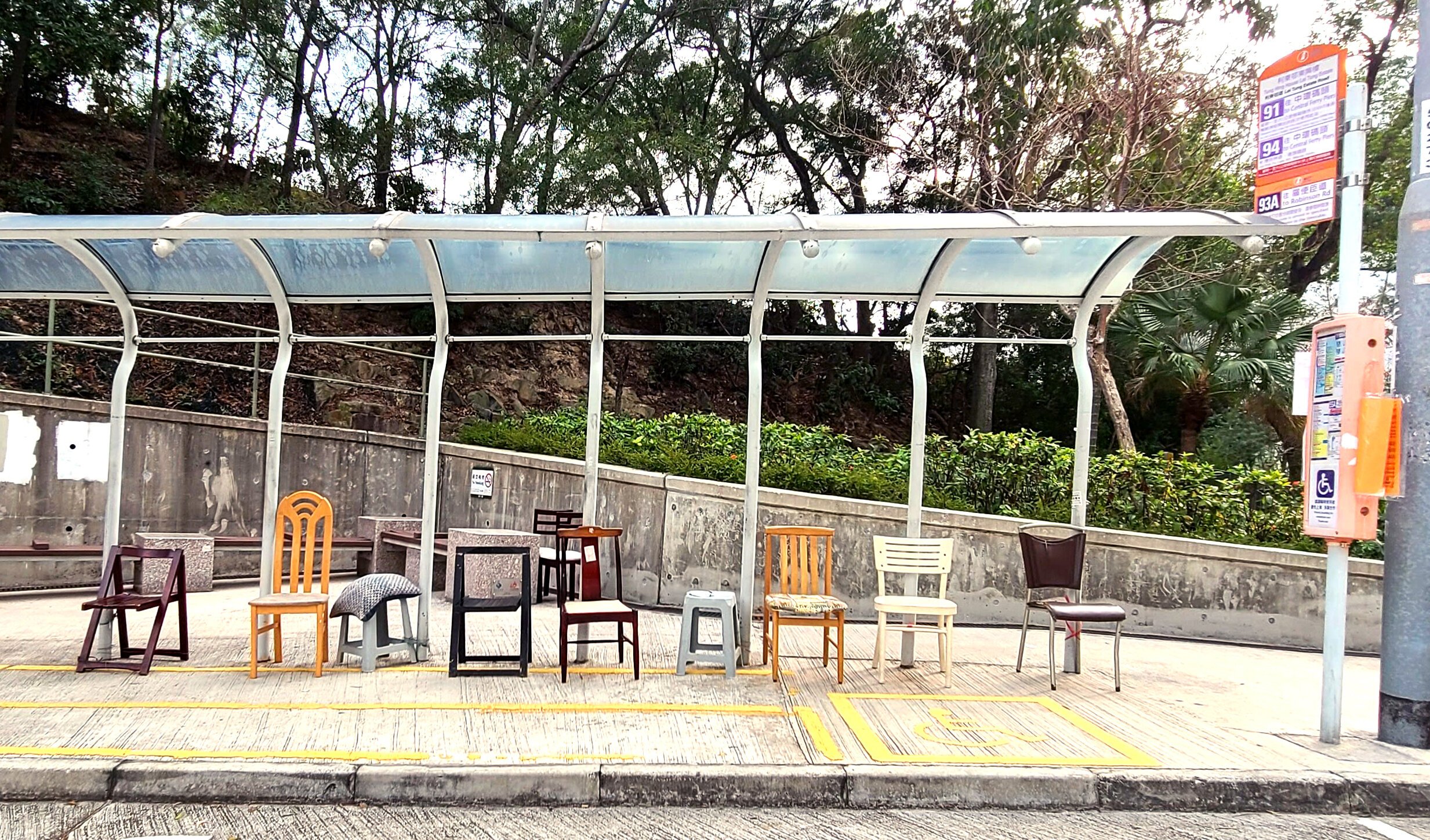
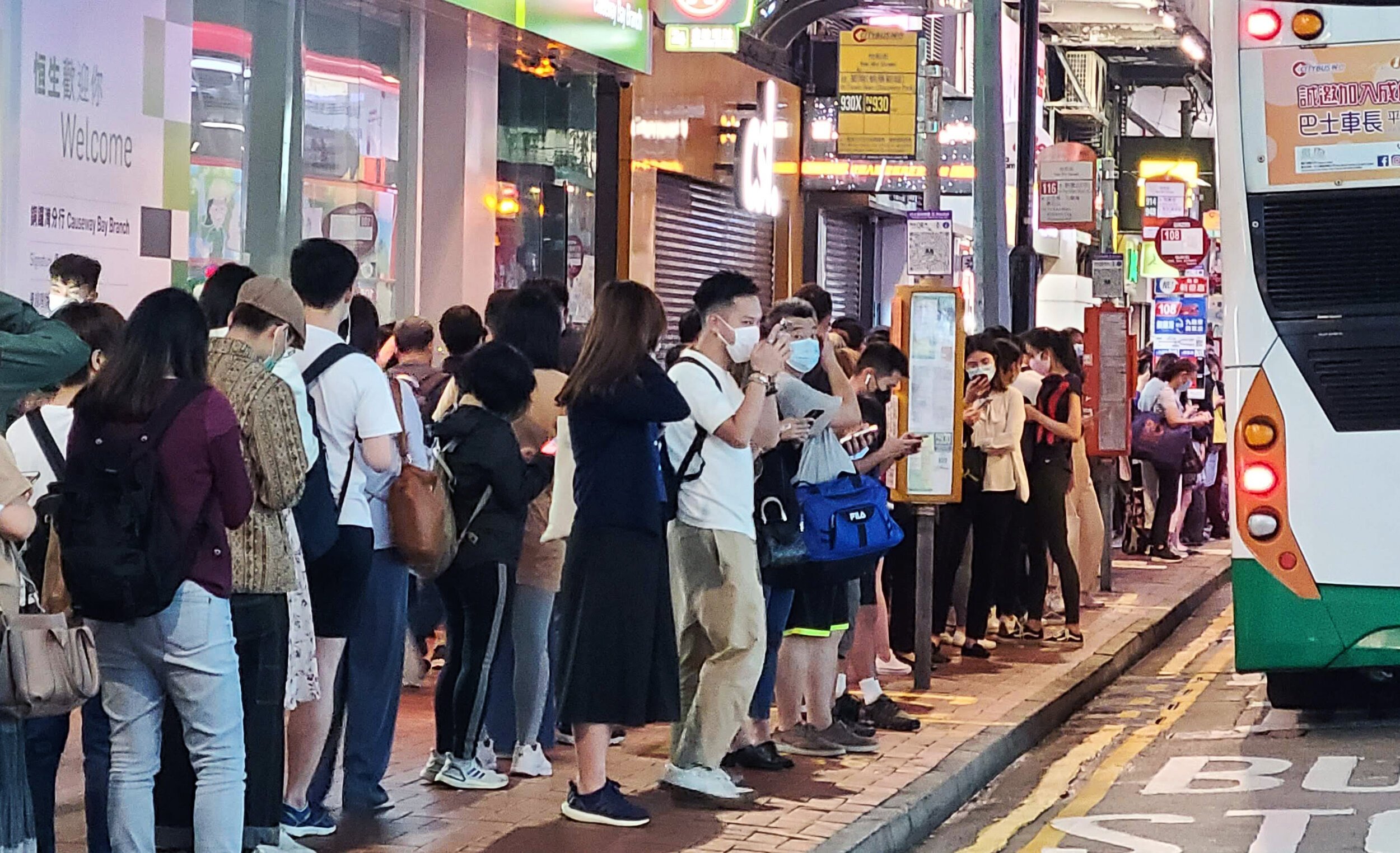
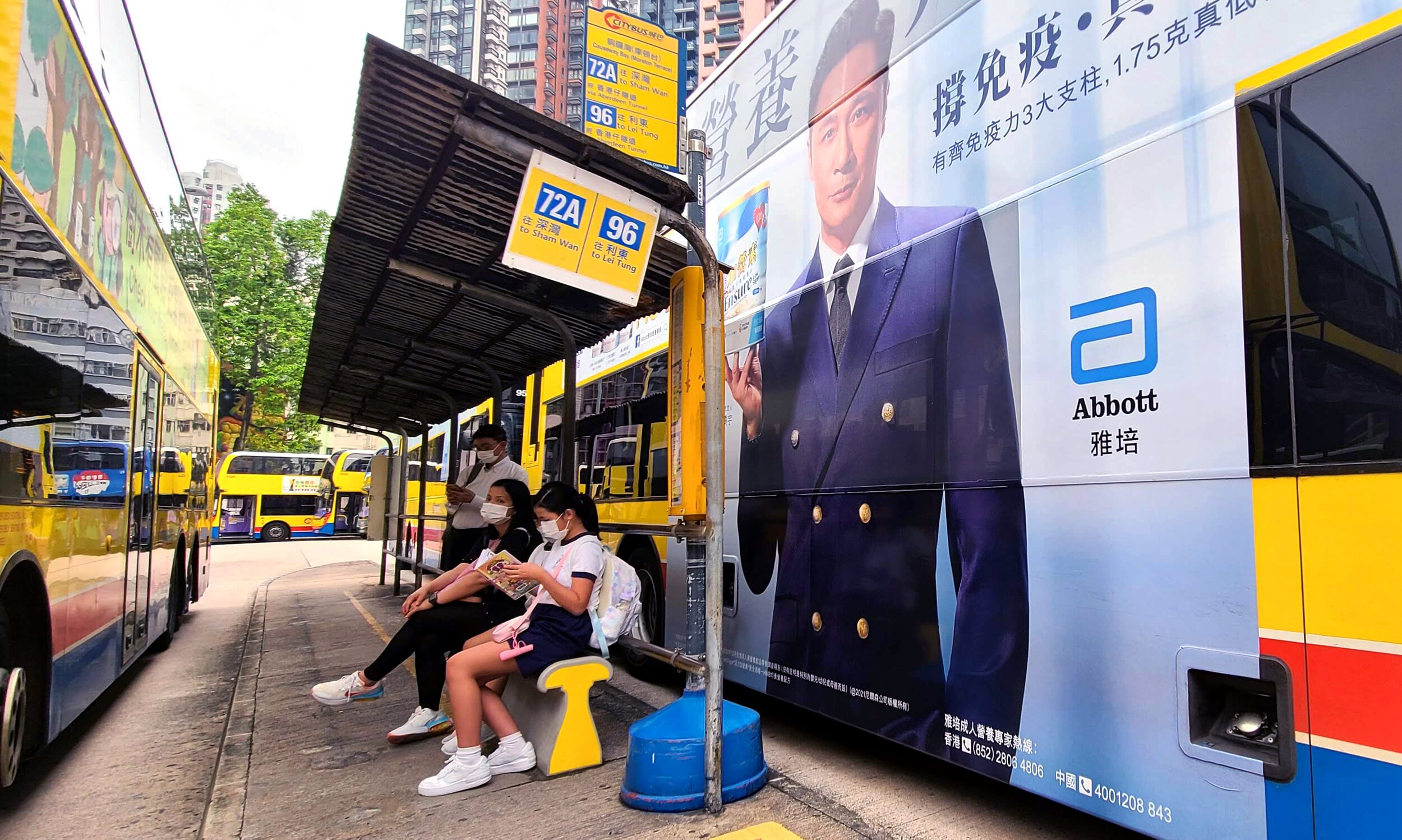
常說香港地少人多,每一寸土地都彌足珍貴,在沒有空間和資源的情況底下,吉人可以如何推動城巿設計呢?建築物、社區老化,如果清拆重建並不是唯一的出路,在擠迫的環境之中還如何談活化、社區規劃呢?不過,只要在日常生活中細心留意,其實這個城巿有不少閒置的空間或建構物,平日毫不起眼,但若加以小改動,可能已把這些資源的功能再發揮得更多,為沉悶死寂的城巿空間重新變得有活力。
例如在人來人往的街道之上,很多公共設施雖然佔用不少空間,但我們總不會察覺它的存在。既然它們已佔用不少空間,我們又是否可以善用它們,打破「巴士站」的既有印象,為我們的社區營造更好的生活體驗?這一期,我們先從了解香港的巴士站入手。
50年代產物
香港自1920年代開始有巴士,起初是點到點接送,後來才有中途分站,乘客可以在巴士路線沿途下車。不過,1950年代以前,除了總站之外,中途的分站都沒有巴士站。那麼,乘客是在如何知道哪裏可上車落車呢?答案是乘客可以隨意上車落車!
巴士站總數:8753個!
根據2019年3月運房局的資料,全香港共有8753個巴士站。18區之中,最多巴士站的區域,不是人多密集的油尖旺(602個),也不是作為全港交通樞紐的中西區(517個),而是沙田區(761個),其次是觀塘區(609個)!
有瓦遮頂非必然
不過,在全港近一萬個巴士站中, 只有約37%建有上蓋,即是香港人在等巴士時,有逾半機會是要日曬雨淋。當中,中西區和油尖旺區甚至有逾八成巴士站無瓦遮頭。若論數目,觀塘區的有蓋巴士站則是全港最多,有共293個;而荃灣區則是全港最少,只有共98個。
每隔幾步 就有一個巴士站?
在巿中心如銅鑼灣、旺角等,每行幾步就有一個巴士站,於是在繁忙時間,狹窄的街道充滿等巴士的人。巴士站的規劃有沒有準則?根據運輸署的《運輸策劃及設計手冊》,巴士乘客在巿區的理想步行距離為不多於400米,即站與站之間的距離不應超過400米,但實際情況需個別考慮,例如地理環境限制、道路安全、交通流量、候車乘客與途人過路空間等。
巴士站上蓋 由鋅鐵到透明
在未有分站之前,香港的巴士站只有總站,因為過海只能靠渡輪,巴士總站大多設在碼頭附近。1940年代,中環的巴士總站已經建有鋅鐵坑板的上蓋為乘客遮蔭。後來,港島陸續出現以鋼筋混凝土建成的巴士站上蓋,至1980年代,巴士站設計和用料再先進一點,以塑膠為主,把上蓋建成三角拱形。我們如今在街道上常見到的,大多是90年代以後大量生產的鋁合金上蓋。而在2000年開始,九巴引入「環保巴士站上蓋」,淺綠色透明上蓋可防紫外光,而大部分巴士站也裝上廣告燈箱,為巴士公司增加收入。2016年,政府在《施政報告》中宣布資助專營巴士公司在有蓋巴士站安裝座椅,涉及約2600個巴士站。
「特色」巴士站
在觀塘巴士總站,可以找到最早把汽水自動售賣機與巴士站上蓋相連的巴士站。而在尖沙嘴彌敦道聖安德烈堂門前的巴士站,其上蓋則在2000年安裝了太陽能板,為車站燈箱提供電力。但這款巴士站並未普及採用,2017年九巴更把太陽能板拆除。另外,藍田地鐵站巴士總站的其中一條巴士線,2002年也出現了全港唯一的空調候車室。
興建巴士站 牽涉多個部門
雖然巴士站已成為街道上最常見的設施之一,幾乎都一式一樣,但原來興建一個巴士站的程序一點也不簡單。由於街道屬於政府土地,當巴士公司要建巴士站時,必先向運輸署申請,其後運輸署會按該處的人流、地下設施等,評估巴士站對行人、店舖等的影響,再諮詢其他部門的意見,包括區議會、土木工程署、路政署等,而巴士站物料也須由路政署批核。獲得批准後,巴士公司才可以開始興建巴士站,而日後也需要負責巴士站的清潔與維修。
相片來源:社區攝影 zoom.in.hongkong
地點 : 香港
Urban greening: more than what meets the eye
In an overcrowded city like Hong Kong, where space and resources are limited, how can we optimise our urban design? Facing the rising number of ageing buildings and communities across the city, what can we do about urban revitalisation and community planning if demolishing and rebuilding is not the only way out? Without abundant resources, we can always start small. Small twists to the inconspicuous, idled spaces or buildings can bring back functionality and liveliness to these dull parts of our city.
Bus stops, one of the most common shared facilities in Hong Kong, take up a lot of space, but we barely notice their existence. Can we make good use of them to create a better community experience? Let’s begin by getting to know more about Hong Kong’s bus stops.
Product of the 1950s
Hong Kong’s bus services date back to the 1920s. What was originally a point-to-point pick-up service evolved to include mid-way stations where passengers could get off en route. Before the 1950s, however, there were no bus stops on the way besides the terminuses. So how did passengers know where to get on and off? Wherever they wanted!
8,753 bus stops
According to the Transport and Housing Bureau statistics, there were 8,753 bus stops in Hong Kong by March 2019. Ever wonder which district has the most bus stops? It is not the crowded Yau Tsim Mong District (602), nor the central traffic node that is the Central and Western District (517); it is in fact Shatin District with a staggering count of 761, follows by Kwun Tong with 609 of their own.
A shelter is not a given
Among these eight-thousand-odd bus stops however, only 37% were covered. In other words, we probably have to wait for the bus under the sun or in the rain. Over 80% of the bus stops in the Central and Western District and Yau Tsim Mong District are not covered. Kwun Tong District has the most significant number of covered bus stops in Hong Kong: 293; while Tsuen Wan District has only 98.
A bus stop at every other step?
In bustling districts like Causeway Bay and Mong Kok, bus routes are dotted by close-knit stops that always gather flocks of waiting passengers during peak hours. So what’s the guideline for bus stop planning? According to the “Transport Planning and Design Manual” by the Transport Department, the ideal distance between bus stops should not be more than 400 meters. Yet, geographic restrictions, road safety concerns, traffic flow, passenger and pedestrian space often affect the actual implementation.
From metal to transparent bus shelters
Before there were bus stops, there was only one bus terminus near the Ferry Pier for the convenience of ferry commuters from Kowloon. In the 1940s, the bus terminal in Central was built with a metal shelter, which was eventually replaced by reinforced concrete. As bus stop design and its material continued to evolve, bus shelters - now mainly made from plastic - were shaped into a triangular arch by the 1980s. The aluminium alloy shelters that we often see today were introduced in the 1990s. At the turn of the century, KMB introduced the “Eco-Bus Stop Shelter” with a transparent cover to block UV radiation. Most bus stops are also equipped with lightbox ad spaces for more revenue. In 2016, the government announced that it would subsidise franchised bus companies to install seats at about 2,600 covered bus stops.
Bus stop with characters
Have you noticed there are some special bus stops? Kwun Tong is home to the earliest bus stop that combines a vending machine into the shelter. In Tsim Sha Tsui, solar panels were installed upon the St. Andrew’s Church stop on Nathan Road to provide energy for lightbox ads. Unfortunately, this design didn’t go mass - KMB removed the solar panels in 2017. On the other side of Kowloon, you can find the only air-conditioned bus waiting room in Lam Tin.
The complex making of a bus stop
Bus stops are one of the most common street features, and they look very similar. The making of a bus stop, however, is not as simple as you thought. Since streets are government properties, bus companies must submit a new bus stop application to the Transport Department, which will then assess the potential impacts of the bus stop on pedestrians and shops based on the pedestrian flow, underground infrastructures, and feedback from departments such as the District Council, Civil Engineering Department, Highways Department. The bus company can only start building a new stop after they receive all the green lights. It should also be responsible for bus stop cleaning and maintenance.
Photo source: zoom.in.hongkong
Location: Hong Kong
你可能對以下吉人吉事有興趣:
You may also be interested in these GUTS Stories:
















